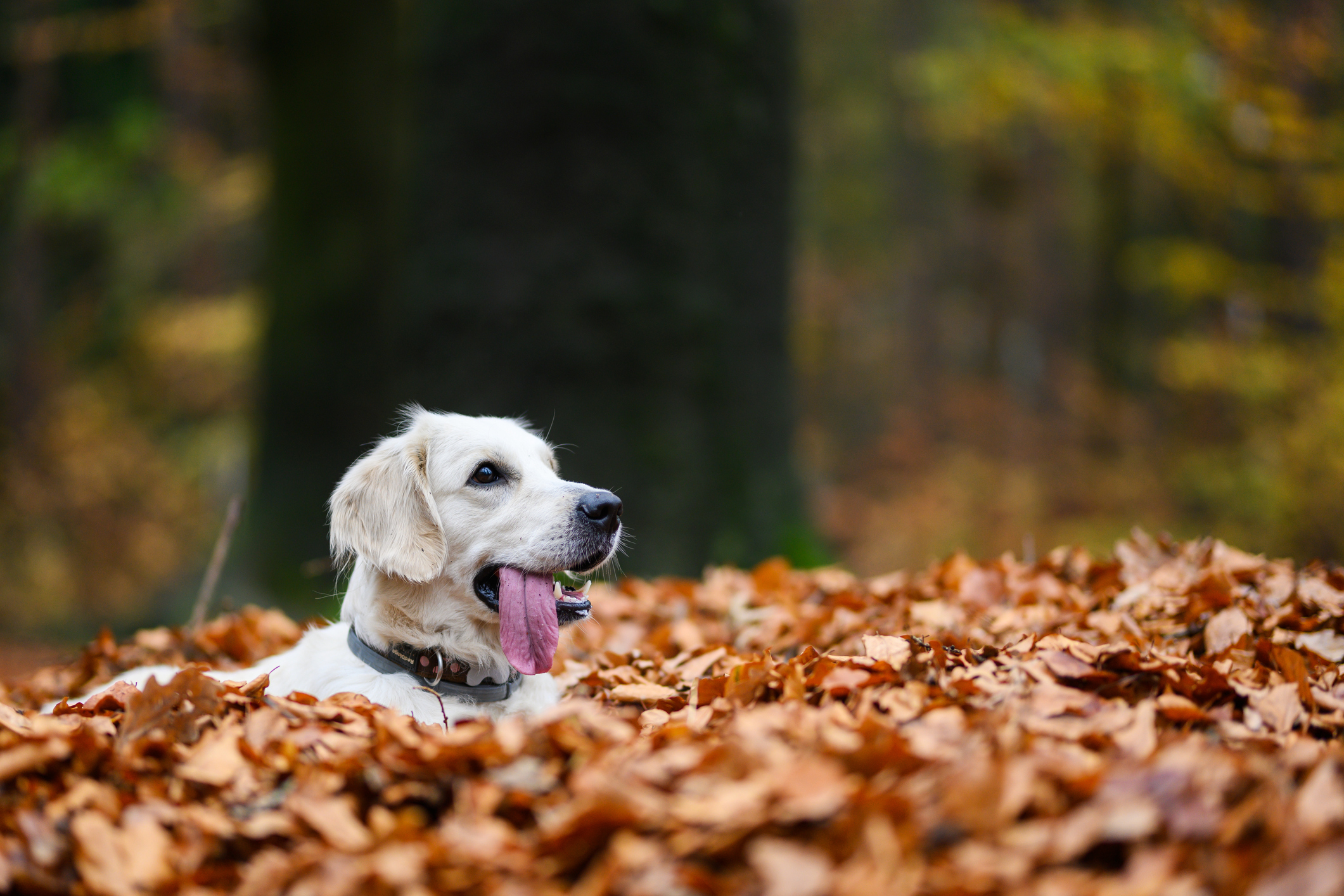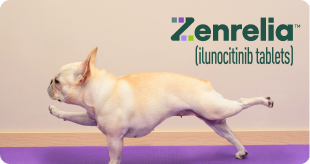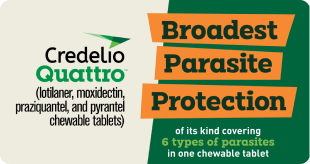
Fall is finally here, and it won’t be long until the ground is covered in fallen leaves. Does your dog love jumping into a huge pile, feeling the leaves crunch beneath their paws? While leaf-jumping is a quintessential fall tradition, it’s not without its dangers. Learn what can lurk in autumn leaf piles and what to look for to keep your dog safe this fall.
What Lurks in Leaf Piles?
Leaf litter is an integral part of the seasonal cycle of nature. Decaying leaves provide shelter, food, and moisture for a wide variety of molds, mildews, insects, spiders, beetles, grubs, and ticks. Deep leaf piles can even offer shelter for animals like hedgehogs, snakes, mice, and rats.
Dogs that dash through leaf piles may disrupt its creepy-crawly inhabitants. They may hunt small animals that lurk in the leaves, potentially risking a bite or scratch. At worst, they may risk picking up ticks that carry serious viruses including Lyme or Rocky Mountain spotted fever.
Mold and mildew in leaf piles is generally not a health hazard, though it could cause irritation in dogs that suffer from mold allergies. Allergens cling to fur and paws, tracking these irritants into your home.
Leaves can also cover up mud, poop, trash, discarded food, broken glass, and other gross, potentially dangerous things. There’s no way to know what’s going on under the leaves, especially in public areas.
Keep Your Dog Safe When Playing in Leaves
While it’s best to avoid allowing your dog to play in leaf piles altogether, the temptation to dive into the crunchy leaves can be hard to resist.
To minimize your dog’s risk of encountering mold, insects, ticks, spiders, and other dangers lurking in leaf piles, keep these precautions in mind:
- Stick to the leaves you know. While there’s no way to determine what can be lurking under leaves in parks, wooded areas, and along residential streets, your dog is likely to be safe in leaf piles on your own property, especially if you’ve just raked them yourself.
- Check your dog for ticks. Before bringing your dog back inside after playing, check for ticks that may have clung to their body. Even backyard leaf piles can harbor ticks. Don’t forget to check behind ears, armpits, belly, and between toes.
- Give your dog a bath. Bathing your dog with dog shampoo will rid their skin and coat of any mold, mildew, or parasites that they may have picked up in the leaves.
- Use paw or bath wipes. If you’d rather not give your dog a bath, you can use paw wipes or bath wipes to clean up any mud, allergens, or leaf debris they’ve picked up.
- Stay away from roadside leaf piles. A dog hiding in a pile of leaves may not be visible to drivers.
Now that you’re in-the-know on what can lurk in the leaves, you’re ready to enjoy the fall outdoors with your dog. As always, protect your dog year-round with flea and tick and heartworm preventatives, and make sure your pup always has access to fresh, clean water.














































